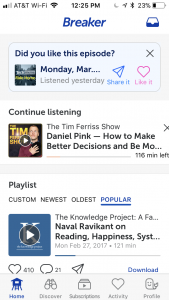 Discovering a great new podcast is a real thrill and a relatively new app called Breaker makes it easy to do. It uses your friend list from Twitter or other social networks to tap you into a stream of podcast listening activity. And the interface is beautiful.
Discovering a great new podcast is a real thrill and a relatively new app called Breaker makes it easy to do. It uses your friend list from Twitter or other social networks to tap you into a stream of podcast listening activity. And the interface is beautiful.
The social discovery is awesome – I’m finding new shows and new episodes to listen to that I really enjoy. It also prompts me to listen to popular things I’ve never bothered to listen to before, like The Daily from the NYT. Everyone likes it and so it was easy for me to give it a try once. There are far more shows and specific episodes being published now than anyone can listen to, it’s really overwhelming, and this is a good way to filter.
This is what sharing your social data like your list of friends with third party apps can do for you, by the way. This is the upside of that kind of capability, ways it can improve democratic values for a change.
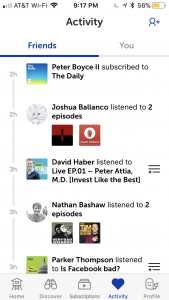 I’ve used Huffduffer for years for podcast discovery but it’s web based, nerdy, sparse, and not nearly as popular. It’s still cool though, as is the HuffDuffVideo bookmarklet that strips audio from YouTube videos and puts it on AWS for 30 days, then pushes those audio files over to HuffDuffer to listen to on my phone or Sonos. Biggest bummer at Breaker? My Huffduffer feed didn’t get imported, for some reason.
I’ve used Huffduffer for years for podcast discovery but it’s web based, nerdy, sparse, and not nearly as popular. It’s still cool though, as is the HuffDuffVideo bookmarklet that strips audio from YouTube videos and puts it on AWS for 30 days, then pushes those audio files over to HuffDuffer to listen to on my phone or Sonos. Biggest bummer at Breaker? My Huffduffer feed didn’t get imported, for some reason.
Also disappointing about Breaker: I don’t see a privacy option for specific shows. There are some podcasts I listen to that I don’t want all my friends knowing I listen to them.
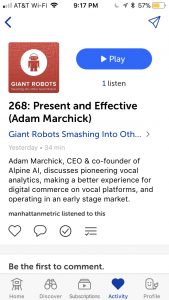 Further critique could be offered of the less useful push notifications. Some of the push notifications are amazing, like “your friend X was a guest on this podcast!” But other ones say things like “many of your friends like popular things” – and that’s just annoying. I’d also like it to do downloads a little differently so it supported the Sonos “on this phone” feature beter.
Further critique could be offered of the less useful push notifications. Some of the push notifications are amazing, like “your friend X was a guest on this podcast!” But other ones say things like “many of your friends like popular things” – and that’s just annoying. I’d also like it to do downloads a little differently so it supported the Sonos “on this phone” feature beter.
So that’s four things I don’t like about Breaker – but there are far more that I like a lot. I think you’ll like it too.
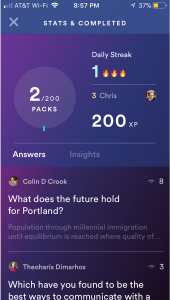
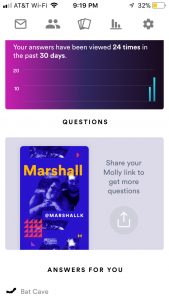

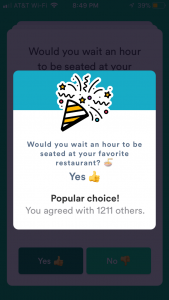
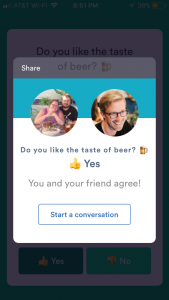
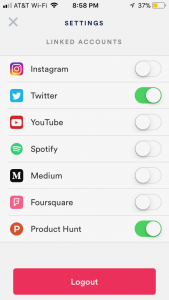
 Super-cookie service
Super-cookie service 
 I wear two hats. I consult for companies on usability, market intelligence and launch planning. I also blog about new web applications and internet industry news over at Read/WriteWeb. I don’t write about my consulting clients, but after several years of experience working on both sides of the promotion game – I think I’ve got some pretty good advice. At least on what not to do!
I wear two hats. I consult for companies on usability, market intelligence and launch planning. I also blog about new web applications and internet industry news over at Read/WriteWeb. I don’t write about my consulting clients, but after several years of experience working on both sides of the promotion game – I think I’ve got some pretty good advice. At least on what not to do!